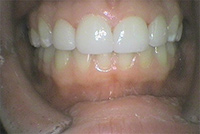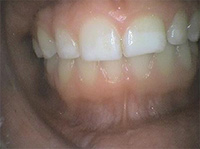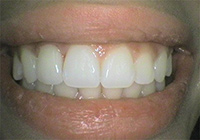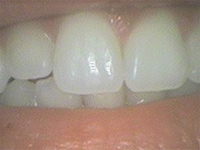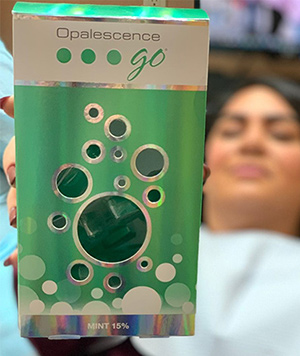Composite bonding and veneers

What Is Composite Bonding?
Composite bonding is a conservative, versatile and affordable way to aesthetically restore a multitude of dental cases. The dentists use this natural-looking, synthetic material to:
- Restore cavities on the front and back teeth
- Replace old or unattractive "silver fillings"
- Repair root abrasion, particularly on roots exposed by gum recession or notched by years of aggressive brushing. Covering these areas helps prevent cavities and root sensitivity, and improves appearance.
- Close spaces between the teeth
- Restore chipped or fractured teeth
- Improve or change the color of permanently stained or discolored teeth
- Reshape crooked or misshapen teeth

How Is Composite Bonding Done?
Decay, if present, is removed and a protective coating is placed inside the tooth. Then the tooth is etched with a mild acidic solution. This roughens the enamel surface and allows the bonding material to adhere. A shade of filling material is chosen that matches your natural tooth. This tooth-colored bonding resin is shaped to match the contour of your natural tooth. Sometimes the dentist uses a special light to help the material harden. The surface of the composite is then trimmed and polished to achieve a natural luster and appearance.
What Are The Advantages Of Composite Bonding?
Appearance: The most obvious advantage is aesthetics. Available in a variety of colors and special shades, composite bonding can be made to look as natural and pleasing as your own tooth.
Strength: Composite bonding, although not as strong as "silver fillings," produces a filling that supports a tooth, making it less likely to break. Unlike "silver fillings" that depend on undercuts to hold them in place, composite bonding adheres to the tooth itself.
Tooth Conservation: In composite bonding, only a small amount of natural tooth structure, if any, is removed.
Reduced Time: Composite bonding is fast. The results are immediate. It can usually be completed in one appointment.
Economics: By performing bonding, which is less expensive than full crowns or veneers, you save on dental bills over the long term. Cosmetic bonding aesthetically improves inherently discolored teeth and tetracycline stains.
What Should I Expect?
Because the material used in bonding is more brittle than your natural teeth, it can chip. Avoid biting fingernails, hair clips, ice, carrots, peanut brittle, and other hard items. Bonded areas are also more prone to staining than your natural teeth so it is important to take good care of your restored teeth at home. Avoid ingestion of staining substances such as tobacco, coffee and tea. If there is something about your smile you would like to improve, please do not hesitate to ask us. You can also email us with your questions. With today's advances in cosmetic dentistry you can enhance your smile with cosmetic bonding, and at a fee you can afford. Remember, your smile is often the first thing people notice about you and the last thing they forget.
top
